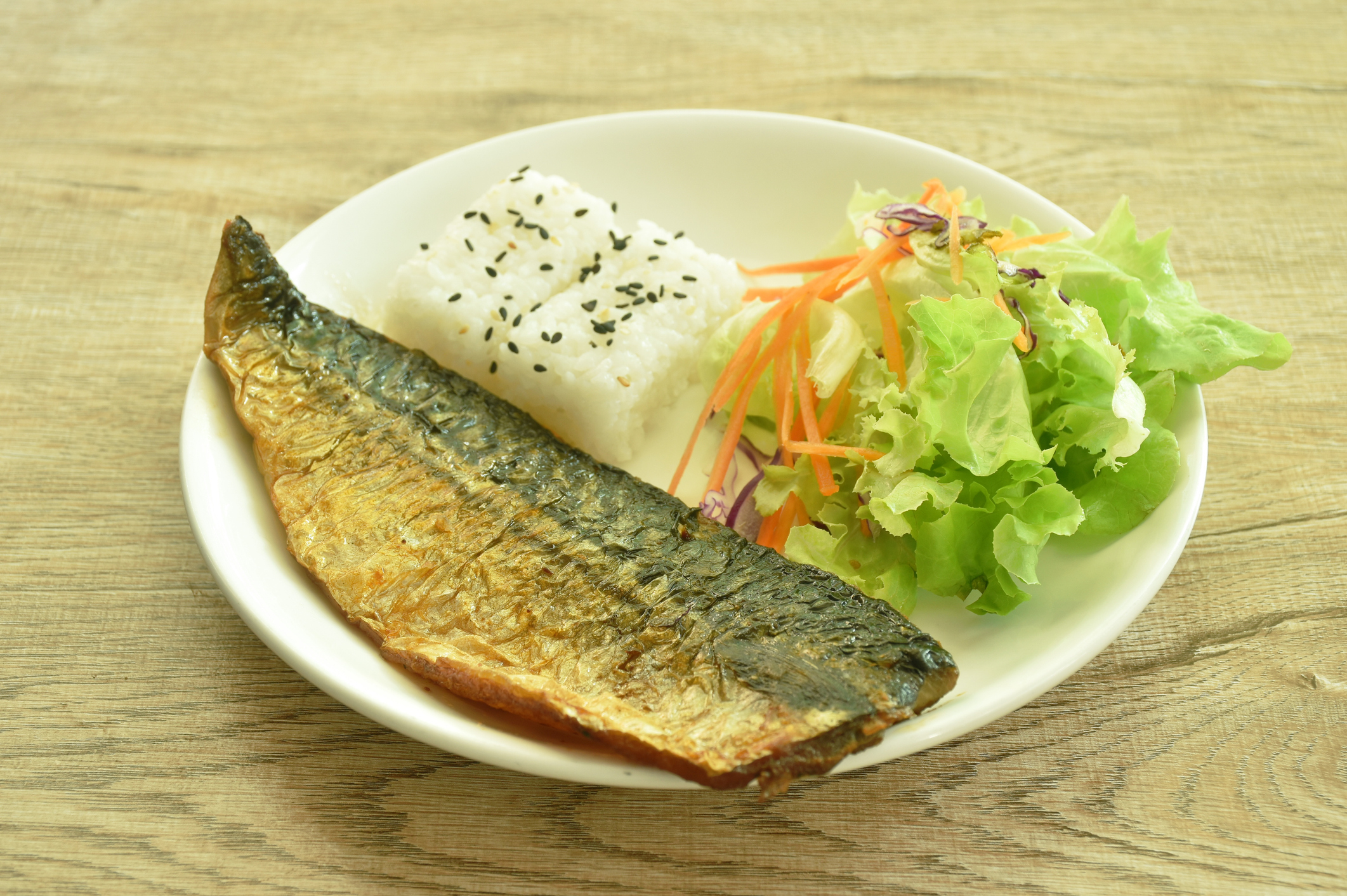- pubmed.ncbi.nlm.nih.gov - Dietary supplements for lipedema; Gabriele Bonetti, Karen L Herbst, Kristjana Dhuli, Aysha Karim Kiani, Serena Michelini, Silvia Michelini, Maria Rachele Ceccarini, Sandro Michelini, Maurizio Ricci, Marina Cestari, Michela Codini, Tommaso Beccari, Francesco Bellinato, Paolo Gisondi, Matteo Bertelli
- pubmed.ncbi.nlm.nih.gov - Significance of l-carnitine for human health; María M Adeva-Andany, Isabel Calvo-Castro, Carlos Fernández-Fernández, Cristóbal Donapetry-García, Ana María Pedre-Piñeiro
- pubmed.ncbi.nlm.nih.gov Involvement of serotonergic pathways in gastric dysmotility induced by fat burning nutritional supplements in mice; Luciano N de Sousa, Débora S Paraguassú Sant'ana, Rildo G Siqueira Dos Santos, Anita Eugênia A Dos Santos Ribeiro, Camila F da Costa, Ana Paula de Oliveira, Jackson Roberto G da Silva Almeida, Davi M Jucá, Moisés Tolentino, Armênio A Dos Santos, Raimundo C Palheta Junior
- pubmed.ncbi.nlm.nih.gov - Consuming a multi-ingredient thermogenic supplement for 28 days is apparently safe in healthy adults; Roxanne M. Vogel, Jordan M. Joy, Paul H. Falcone, Matt M. Mosman, Michael P. Kim, and Jordan R. Moon
- pubmed.ncbi.nlm.nih.gov - Carnitine in Human Muscle Bioenergetics: Can Carnitine Supplementation Improve Physical Exercise?; Antonio Gnoni, Serena Longo, Gabriele V. Gnoni, and Anna M. Giudetti
Fat burners: how do they work? An easy way to the dream figure?

Dietary supplements are referred to as fat burners to help us get rid of excess fat - ideally without effort.
Article content
What are fat burners and how do they work - what are their effects? How are they divided and do we know any natural forms? You can read more interesting information on the topic in the article...
The number of overweight or obese people in our society is growing rapidly. This is mainly related to a more sedentary lifestyle. It is therefore not surprising that more and more people are trying to lose weight.
In addition to exercise and dietary measures, more and more people are using so-called fat burners - products designed to help reduce fat deposits...
But do such supplements even exist?
Which fat burner is the best or most effective, you ask?
And how do they actually work?
That's what we'll look at in this article.
As such, fat burners should help to increase:
- energy expenditure
- fatmetabolism
- weight loss
- fat oxidation - especially during exercise
The above processes should lead to an overall loss of stored fat in our body.
At the same time, they should also contribute to the modification of the pathways of fat metabolism. These changes should be long-term. This should modify the overall lipid metabolism in our body.
Effective fat burners should act through multiple mechanisms. Specifically, they should be able to:
- first of all, convert stored fat into energy
- mobilise and break down triglycerides in fat cells
- increase the overall metabolism in our body - thereby also increasing fat breakdown
- and last but not least, stop lipogenesis (the formation of fat stores)
The most common and also the most affordable fat burners include:
- green tea
- caffeine
- chromium
- carnitine
- linoleic acid
Several studies have confirmed that a combination of fat-burning dietary supplements and overall dietary modification produced more significant weight loss results. In contrast, dietary modification alone did not achieve as high an efficacy as the combination of the above.
In one particular study, fat burners containing caffeine and linoleic acid were added to a low-calorie, high-protein diet and multivitamins. The results confirmed:
- Weight loss was up to 97% more compared to the diet alone
- Fat loss was up to 35% more compared to the diet alone
The period during which the weight loss occurred lasted 3 weeks. This suggests that these dietary supplements can help reduce weight and body fat.

Distribution of fat burners
Fat burners can be divided into several groups.
Based on their effect, they are divided into:
- substances that increase energy production
- dietary supplements containing proteins and amino acids
- adrenergic enhancers - effects mediated by adrenaline, noradrenaline and dopamine
- substances that break down fat from fat cells
Fat burners can consist of one or more ingredients. The main ingredients tend to be caffeine, green tea, chromium, carnitine and conjugated linoleic acid (also known as CLA).
In addition to these, these products may also contain stimulants of plant origin.
Examples used include:
- ephedrine
- pyruvate
- yohimbine
- chitosan
- or capsaicin
Fat burners support the weight loss process due to their action. Above we have divided them into four categories.
Above all, they speed up the metabolism. Some of them even suppress the sweet tooth.
Energy-boosting substances
Fat burners that can increase energy include:
- Caffeine
- catechins
Caffeine and its effects are certainly familiar to many.
Caffeine can be ingested in the following beverages:
- Coffee
- soft drinks containing caffeine
- tea
It is also found in kola nuts and cocoa. By contributing to increase energy, caffeine also increases and improves physical performance. In addition, caffeine increases the release of stored fat and also accelerates the burning of calories.
Fat loss is ensured by its interaction with sympathetic receptors.
The concept of catechins is probably not so well known to everyone anymore. Although everyone has certainly come across them - they just may not know about it yet.
Catechins are most commonly found in green tea. Several studies have confirmed the effects of catechins in losing weight or fighting obesity.
Catechins work by stimulating fat metabolism and thus energy expenditure. The resulting effect is a reduction in fatness. Like caffeine, catechins work by activating sympathetic pathways. This effect increases fat breakdown (specifically oxidation) in the liver.
We could also include capsaicin in this group. Capsaicin is found in hot peppers.
Capsaicin counteracts the decrease in energy.
A drop in energy is very common during physical activity - especially in conjunction with a lower caloric intake than body expenditure. At the same time, capsaicin has also been shown to reduce appetite.
Protein and amino acid supplements
These substances include:
- whey protein
- casein
Both of these substances ensure the maintenance of daily energy balance with a long-lasting feeling of satiety. And this without a significant increase in caloric intake.
Whey protein is a very important aid in weight loss.
It also contributes to:
- building muscle mass
In addition, however, it can also:
- increase strength
- control appetite
- but also improve endurance
Last but not least, it helps to increase energy.
Casein serves as a source of all the amino acids needed for muscle growth during and after exercise. Casein forms a kind of gel in the stomach. This slows down digestion.
Digestion slows down. This allows all the important amino acids and peptides to be absorbed evenly over a longer period of time.
Adrenergic-enhancing substances
These substances include so-called dHEA and yohimbine.
DHEA acts on a hormonal level. It has a long-term effect on the levels of epitestosterone, testosterone, estradiol and other steroid hormones. At the same time, it stimulates heat production and also acts on the breakdown of fat stores.
Since the action of DHEA is hormonal, patients should take it only after consulting a doctor. Such treatment is usually recommended for women with lipedema, since an imbalance of these hormones is confirmed in this disease.
The natural substance yohimbine similarly accelerates the weight loss process. However, it also acts on the level of testosterone - it can increase it. In addition, it also increases blood flow. Like DHEA, it also increases thermogenesis (heat production).
Since yohimbine also interferes with hormonal pathways, it is always a good idea to consult its use.
Fat-burning substances
Several substances with different mechanisms of action fall into this category. However, further research is still needed to confirm or refute their effects.
Thus, this group includes e.g:
- Chitosan - reduces fat absorption - however, this effect has been questioned in one study
- L-carnitine - acts in the transport of fatty acids during fat breakdown
- Chromium - reduces insulin resistance
- Ephedrine - stimulates heat production - however, due to its many side effects, ephedrine-containing products are not used in this indication
- Pyruvate - reduces appetite, reduces fatigue, increases energy and muscle glycogen stores - however, these effects are also questioned
- Conjugated linoleic acid - carries fat from food into cells where it is broken down
L-carnitine
L-carnitine in particular has gained much fame in recent years, although it was discovered long ago.
L-carnitine is involved in the transport of long-chain fatty acids into the mitochondria, where they are oxidised. This process forms the energy source for the muscles during physical activity.
To a small extent, L-carnitine can be produced by the body itself (about ¼ of the total amount) in the liver and kidneys. However, most of it is ingested in the diet - in animal products.
It can be found mainly in:
- red meat
- chicken meat
- fish
- and dairy products
L-carnitine itself is not subject to degradation. This means that it is not metabolized. Unchanged L-carnitine is filtered by the kidneys. Because it can still perform its function, the body reabsorbs 98-99% of the L-carnitine filtered in this way. Its level is thus maintained even in vegetarians or vegans.
If the level of L-carnitine in the blood rises, its excretion in the urine also rises. This ensures a necessary and stable level in our body.
The total amount of L-carnitine in our body is estimated at 300 mg/kg. Of this total, approximately 95% is stored in the cells of the heart and skeletal muscle. The rest is found in the liver, kidneys and plasma.
Free (so-called circulating) L-carnitine makes up only 0.5% of the total amount in our body.
Muscles need L-carnitine the most, but they cannot synthesize it themselves. They are therefore dependent on free L-carnitine from the blood. If L-carnitine is depleted from the bloodstream, there is no transfer of fatty acids and this reduces the energy source for the muscle.
Therefore, there is an assumption that L-carnitine supplementation will improve overall performance during exercise, but is this really the case?

There are two main sources of energy required for physical performance.
They are:
- Fat
- carbohydrates
Which of these two sources will be used during exercise depends on several factors:
- the duration and intensity of the exercise.
- the physical condition of the individual
- the composition of the diet - both on the day of exercise and in the days leading up to it
During physical exercise, there is increased blood flow through the muscles. This ensures the supply of nutrients to the muscles.
During low-intensity exercise, fatty acid oxidation is used as the main source of energy.
In moderate intensity exercise, both glucose and fatty acid oxidation are used as energy sources. As the intensity of exercise increases, glucose consumption exceeds fat consumption.
During high-intensity exercise, glycogen is the main source of energy. Because glycogen resources are limited, they are rapidly depleted. This is followed by a fatigue phase, which is typical after high-intensity and endurance exercise.
Target heart rate and training intensity...
Studies have shown that the overall availability of free carnitine in the muscles influences the choice of "fuel" to be used during exercise.
This is why L-carnitine is very popular and well used, as it is thought to promote fatty acid (and therefore fat) oxidation and spare glycogen during endurance exercise.
At the same time, it is also thought to conserve amino acids as a source of energy during exercise. These in turn are a source for building protein and muscle mass.
However, it's not that simple. If you consume large amounts of carbohydrates before a high-intensity workout, the L-carnitine in your muscles will make it easier to burn glucose before burning fatty acids.
Although L-carnitine has been the subject of many studies over the years, its effectiveness in improving physical performance has still not been fully confirmed.
In several studies, L-carnitine has been administered at different doses - 2 g/day, 3 g/day, 4 g/day. The duration of administration has also varied. It has ranged from a single administration + an hour before exercise to long-term supplementation over a three-month period.
However, none of the dosing regimens yielded satisfactory results and did not give an answer to the optimal dosing time and amount.
This is probably related to the properties of carnitine and its equilibrium state in our body. If the concentration of carnitine in the blood plasma increases, its excretion in the urine will also increase.
Thus, after a single administration of a higher dose, most of this carnitine is excreted from our body.
We should not forget that during exercise, L-carnitine still has to move from the plasma into the tissues. However, it enters the muscles via carriers against the concentration gradient. Muscles have their own carnitine stores.
Therefore, it is very unlikely that a higher concentration of L-carnitine in the blood would also increase the transport of L-carnitine into the muscle.
It follows that the administration of dietary supplements containing L-carnitine has little - if any - effect on the carnitine content of human muscle. And thus has very little effect on fatty acid metabolism in muscle.
Yet L-carnitine may have a significant role for our muscles.
It has been shown to protect our muscles.
Firstly, it protects them from the negative effects of substances produced during exercise. At the same time, it may contribute to improving the processes needed for muscle recovery after exercise.
But what is even more interesting: it turns out that L-carnitine has an effect on the blood vessels. It can modulate the blood vessels and thus increase blood flow through the muscles. It ensures that they are better supplied with nutrients during exercise.
This effect is not dependent on the amount of carnitine in the muscles. It is influenced by L-carnitine in the form of a dietary supplement.
However, the negative side of supplementing L-carnitine in the form of supplements should also be considered.
These supplements have been shown to produce substances in our digestive tract that are toxic to our bodies. These have been significantly linked to the occurrence of cardiovascular events.
Foods that help burn fat... or how "natural fat burners" work
Many commonly available foods can also aid weight loss.
In particular, they work by improving metabolism while suppressing appetite. Some foods - in combination with regular exercise and sufficient fluid intake - can also stimulate the breakdown of fat from fat cells and stimulate lipolysis.
Such foods are a source of 'good fats'. These speed up fat burning and also reduce triacylglycerol and LDL cholesterol levels.
Examples of such foods include:
- avocados
- nuts
- fish
- but also vegetable oils
Cow's butter, palm oil and coconut oil contain medium-chain triacylglycerols. They are therefore very easy to digest and are also quickly absorbed. Our body uses them directly to create energy. They are not stored as storage fat.
Not all fat is storage fat.
Foods that contain large amounts of these triacylglycerols do, too:
- suppress appetite, quite significantly.
- stimulate body fat loss
Protein - whether of animal or dairy origin - undergoes complex processes of digestion and subsequent absorption. These processes burn energy from fat stores, thereby breaking them down. This ultimately increases the overall feeling of satiety.
Taking substances referred to as fat burners in combination with a healthy diet and exercise has a more pronounced effect on the loss of stored fat from our bodies.
However, studies of fat burners in humans sometimes produce conflicting results. Therefore, they should be approached rationally and not have exaggerated expectations.
However, we should not forget that in the past, some types of fat burners have been withdrawn from the market, especially those containing multiple ingredients. Therefore, it is very important to check the safety of each ingredient when consuming them in the long term.
Interesting resources
Related










